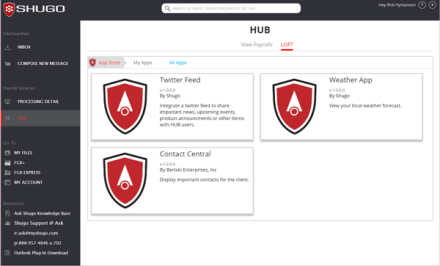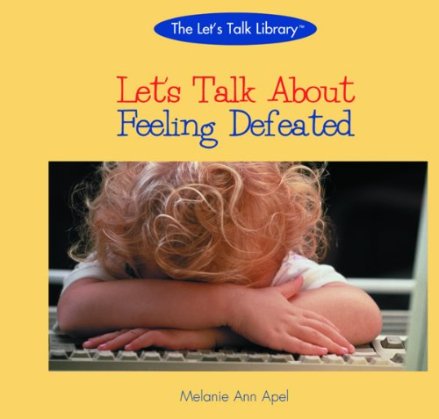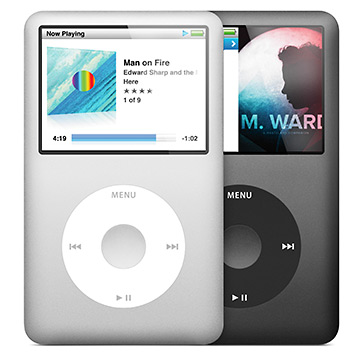
“Highly engaged employees are passionate about what they do. They are energetic, committed and feel a sense of ownership over their work. They often go above and beyond for their teammates and their organization”
“Engaged employees feel valued and empowered. They provide better customer experiences resulting in happier customers and often increased organization profitability.”
Ask any business owner, especially after reading the above, and they’ll agree: they want engaged employees. You can see the obvious benefit to the business and its customers. But I bet if you ask any business owner, especially small business owners, if they have a pulse on their employees most won’t.
Here’s evidence. A few months ago I moderated a small business discussion forum at the Independent Payroll Providers Association’s annual users conference. This forum enabled business owners to discuss anything they’d like about their business. I thought the majority of the discussion would be about growing their business or sales tactics, but I couldn’t have been more wrong.
The entire 60 minute session focused on ensuring employee engagement within their organizations. Topics ranged from perks offered to training programs that employees needed. Many shared difficulty in identifying employee needs. Some shared how providing employee perks, such as enabling remote working environments, resulted in high morale gains with their staff. Others shared training programs enacted to improve employee skills.
Heck, I even chimed with our “google time” policy at Shugo. What’s google time? It’s three paid hours each week every Shugo employee has to explore whatever they’d like. Maybe it’s learning a new skill on their own. Perhaps it’s used for investigation of new technology. Maybe it’s volunteering at a local charity. Whatever it is, it’s paid and our staff is free to chose what they do with it!
I’ll admit though, I left the forum with a big smile on my face since I knew we were going to add aspects of employee engagement to HUB. See, I think all small businesses need to have a good culture. They need to have a closeness, a deep friendship, with all members on staff. And business owners need to be able to easily solicit feedback both on a scheduled basis and at impromptu times.
It’s why I’m excited to announce the first phase of employee engagement will be released in HUB to a group of alpha users on 12/18/2016. This initial phase is characterized by check-ins.
Check-Ins are simple one question surveys used to solicit feedback and opinions from staff. It can be a simple weekly recurring check-in asking employees how they feel. It can be an “on-demand” check-in with employee of the month selections.
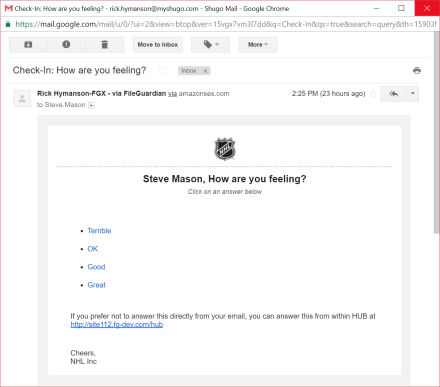
I think the key to check-ins include:
- They can be scheduled to be recurring or just sent one time.
- Check-ins include just a single question requiring very little effort for employees to answer. HUB has eleven out of the box questions available but custom questions can be created as well.
- Historical reporting provides business owners a view of employee responses over time.
- Check-In summary reporting can be shared with employees if desired.
Check-Ins provide a great way for business owners to get their finger on the pulse of their organization and see trends over time.
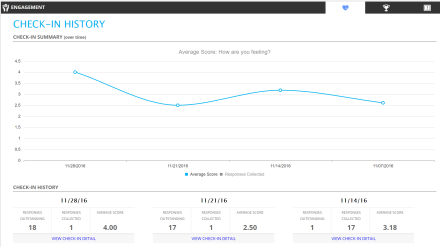
Sounds great doesn’t it? It sure does but I have to caution that check-ins should be used as a tool to solicit feedback. But the true power and way for employees to feel engaged is to take their answers from check-ins and turn them into actions. Remember, actions speak louder than words.
HUB’s employee engagement won’t stop with just check-ins though. We’re busy working on two additional features for engagement including:
- Employee recognition wall: Employees recognize colleague’s on daily wins and important accomplishments, specifically those which have gone above and beyond the call of duty.
- Suggestion box: Safe and secure anonymous method for employees to share suggestions or internal team issues to managers/business owners.
These features are expected to be added in the first quarter of 2017!





